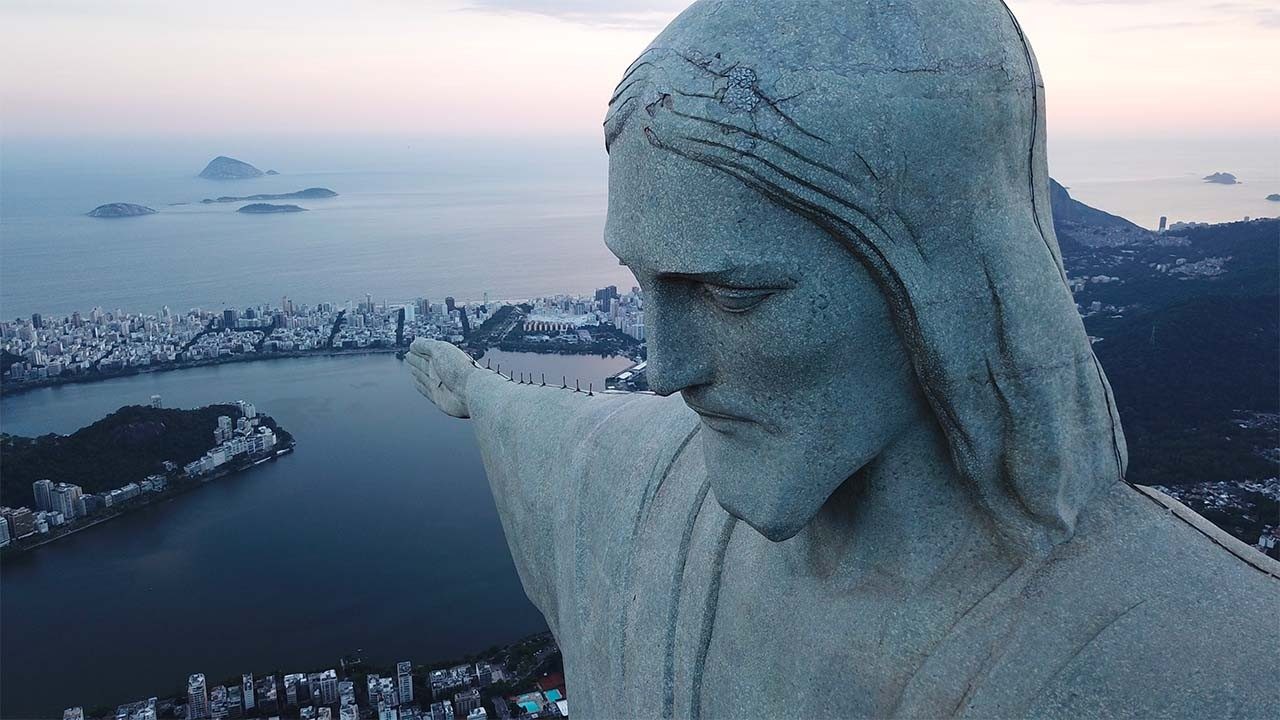Rio de Janeiro, bathed in golden beaches and embraced by imposing mountains, is a symphony of contrasts. On one side, there’s the vibrant hustle of urban life, full of colors, rhythms, and an infectious energy. On the other, the serenity of natural landscapes that frame the city, such as the iconic Sugarloaf Mountain and the Christ the Redeemer statue, silent witnesses of time. The unique blend of cultures and the contagious joy of the carioca people resonate in the streets, in the captivating sambas, and in the passion for football. It’s a place where life unfolds to the rhythm of the waves and the beats of the heart of those who surrender to the magic of the Marvelous City.

The city was officially mentioned for the first time when the second Portuguese exploratory expedition, led by Gaspar Lemos, arrived at the bay in January of 1502. The navigator understandably assumed it to be the mouth of a river, hence giving the region the name Rio de Janeiro.
However, it was only in 1530 that the Portuguese court sent an expedition to colonize the area, instead of simply using it as a stop on their maritime adventures. The French, on the other hand, had been in Rio de Janeiro and its surroundings since the beginning of the century and were eager to fight for dominance in the region. In 1560, after a series of skirmishes, the Portuguese expelled the French.
The city’s beginnings as such were on the Morro de São Januário, later known as Morro do Castelo, and later at Praça Quinze, which is still the vital center of Rio today. Rio de Janeiro developed thanks to its natural vocation as a port. Around the time gold was discovered in the state of Minas Gerais at the end of the 17th century, the Governor of Brazil became the Viceroy. Salvador was the capital of the colony, but the growing importance of Rio’s port ensured the transfer of the seat of power to the south.
In 1808, the Portuguese royal family came to Rio de Janeiro, a chosen refuge faced with the threat of Napoleonic invasion. When the royal family returned to Portugal and the independence of Brazil was declared in 1822, the gold mines had been exhausted, giving way to another wealth: coffee.
Growth continued for most of the 19th century, initially northward towards São Cristóvão and Tijuca, and then towards the south zone, passing through Glória, Flamengo, and Botafogo. However, in 1889, the abolition of slavery and scarce crops interrupted progress. This period of social and political upheaval led to the Proclamation of the Republic. Rio, then called the Federal District, remained the political center and the country’s capital.
At the beginning of the 20th century, wide streets and impressive buildings emerged, most in the French fin-de-siècle style. Rio de Janeiro retained its position until the inauguration of Brasília as the capital of the republic in 1960. A person native to Rio de Janeiro, things or facts related to it, are called ‘carioca,’ a word derived from the Tupi language, “kari’oka,” meaning a white man’s house.

Matheus Araújo
Matheus Araújo is the founder and editor of Brazilian History. Born in Rio de Janeiro and holding a degree in Advertising and Marketing, his passion for history led him to enroll at the Federal University of the State of Rio de Janeiro, where he is currently pursuing a degree in History Education.
